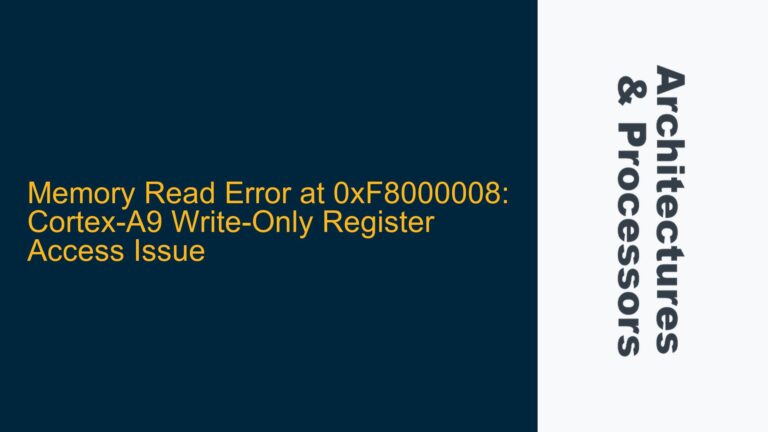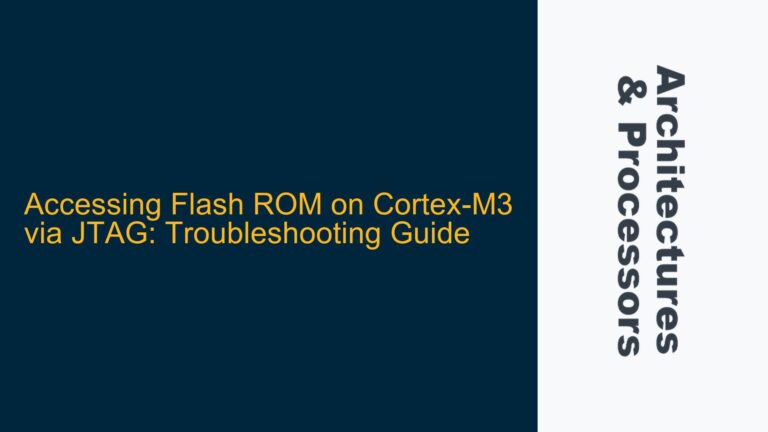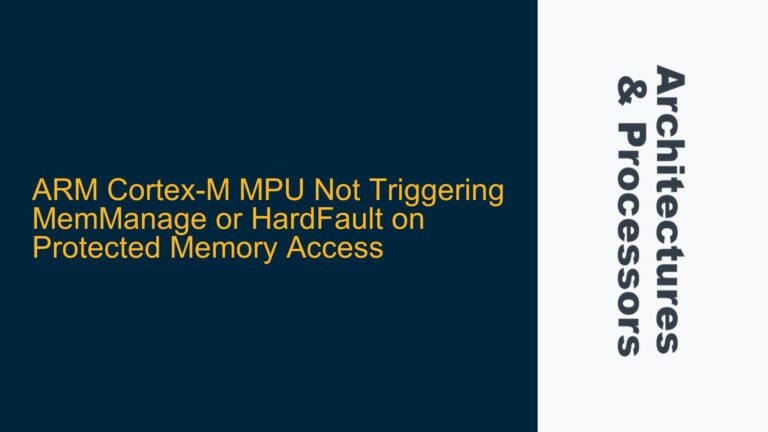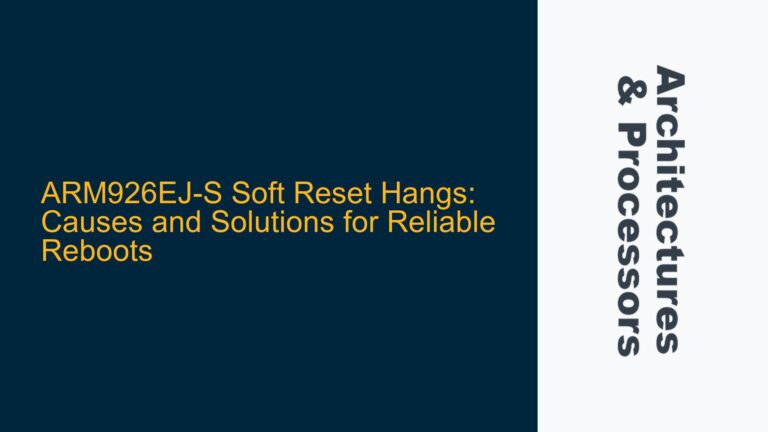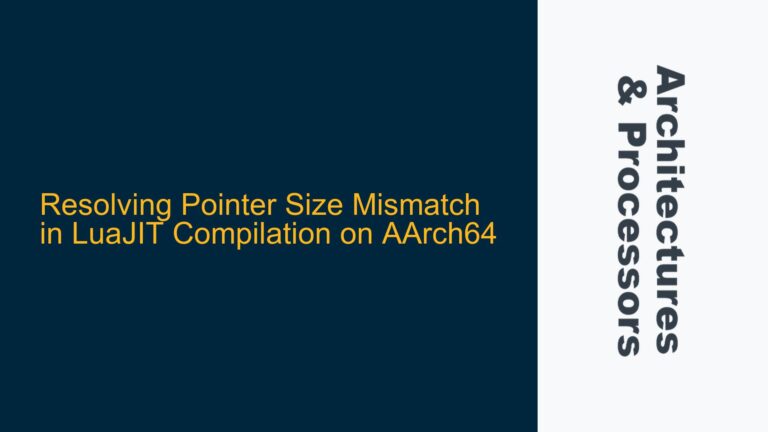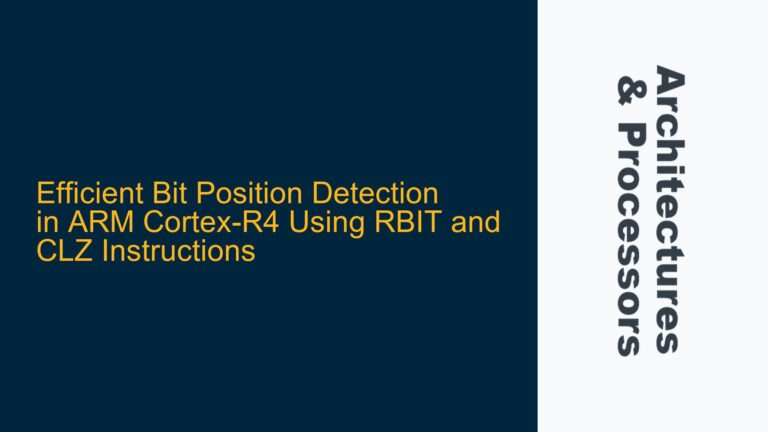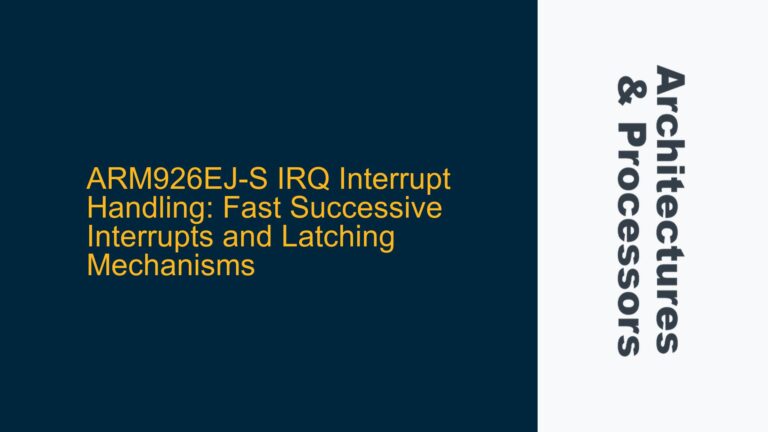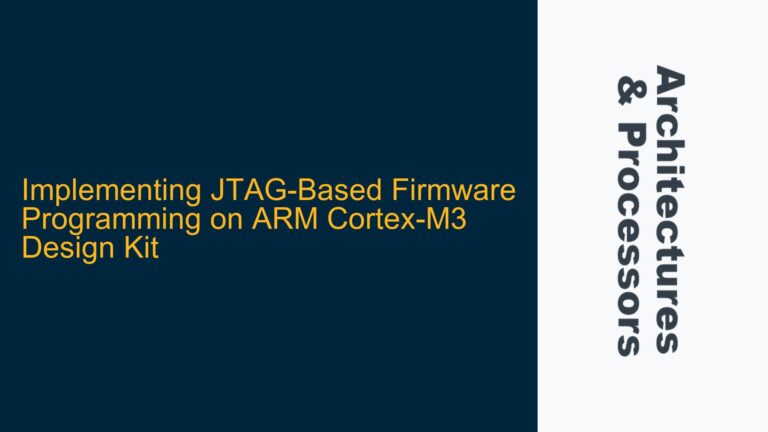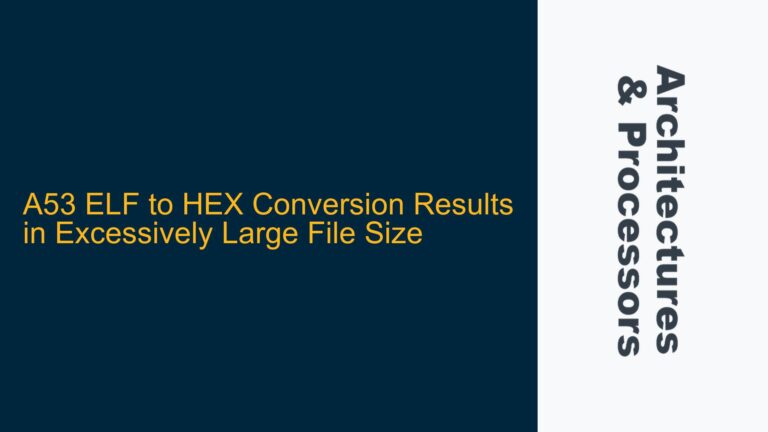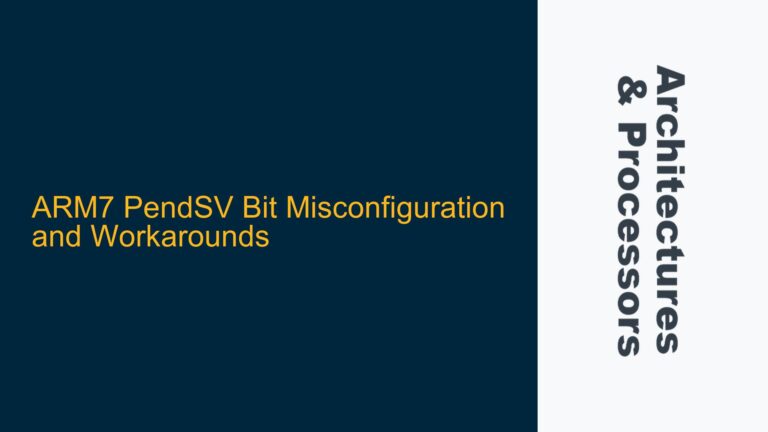Memory Read Error at 0xF8000008: Cortex-A9 Write-Only Register Access Issue
Cortex-A9 Memory Access Error: Write-Only Register at 0xF8000008 The error message "Memory read error at 0xF8000008: Cannot read write-only register" indicates a fundamental issue with accessing a write-only register on the ARM Cortex-A9 processor. This error typically occurs during debugging or runtime when attempting to read from a memory-mapped register that is explicitly designed to…
